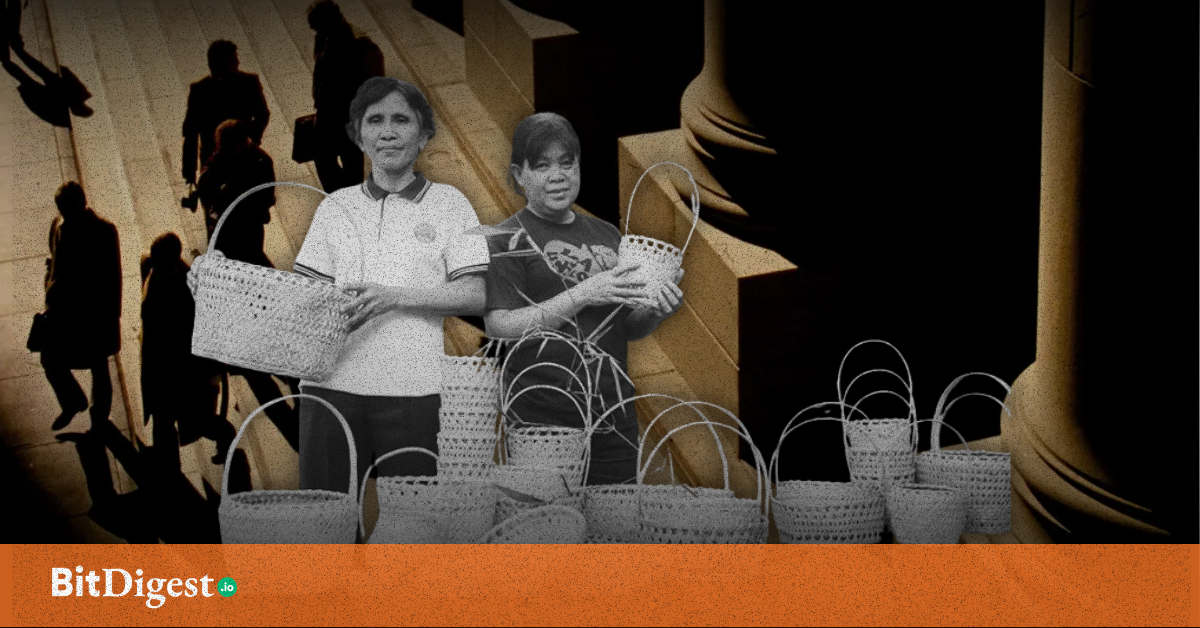New House Bill Seeks to Put Philippine Budget on Blockchain
Another measure filed in Congress aims to move the entire national budget onto a blockchain ledger, placing itself on the 12th spot. A digital system designed to make every peso of public funds traceable from appropriation to audit.
House Bill No. 5402, authored by Occidental Mindoro Representative Leody Tarriela, proposes the creation of a National Distributed Budget and Governance Blockchain System that would record all government fund movements in a shared, tamper-resistant database.
Supporters say the proposal builds on the Department of Budget and Management’s (DBM) ongoing digital transformation projects, framing transparency as a technical standard rather than a periodic exercise.
What the Bill Proposes
Under the measure, all appropriations, allotments, and disbursements would be entered into a National Budget Distributed Ledger (NBDL), a shared database managed by the DBM, Commission on Audit (COA), Department of Finance (DOF), and Department of Information and Communications Technology (DICT). In simpler terms, each transaction would have its own digital “fingerprint.”
Agencies involved in fund releases would hold synchronized copies of the same ledger. Every entry would be time-stamped, cryptographically signed, and verified by multiple nodes before becoming permanent. The system would not replace existing financial databases but would serve as an additional layer that verifies them against a unified record.
How It Would Work
Each fund release would be represented by a Digital Public Asset (DPA), a secure record containing the project code, fund source, amount, and milestones. Whenever funds move between agencies, all parties must digitally sign the transaction, creating an auditable trail.
A new multi-agency body, the Blockchain Budget Governance Board (BBGB), would oversee implementation, set standards, and coordinate audits. The board would be chaired by the DICT and co-chaired by the DBM, with members from COA, DOF, academe, and the private sector.
The bill also directs the board to work with the DOJ, NBI, and CICC on investigating cyber-related violations. To enhance public access, HB 5402 proposes a Budget Ledger Explorer, an online portal showing non-sensitive project data such as titles, agencies, amounts, and completion status.
What’s New in HB 5402
Unlike earlier “budget blockchain” bills such as HB 4489, HB 4935, and SB 1330, the Tarriela measure spells out the technical foundations of the system in greater detail. It identifies the cryptographic standards to be used, naming SHA-256 and elliptic-curve encryption (ECC) instead of the usual “secure ledger” phrasing found in previous drafts. It introduces rules for multi-signature validation and hardware-security modules to protect government cryptographic keys.
It also explains how existing systems of the DBM, COA, and Bureau of the Treasury would connect through application programming interfaces (APIs) and Merkle-root anchoring—methods that allow data verification without duplication. HB 5402 further creates a Bug Bounty and Audit Reward Fund to encourage independent security testing and formally requires coordination with law-enforcement agencies for forensics and evidence handling.
It lays out a five-year rollout plan, starting with pilot agencies before expanding to all departments and, later, local governments. Taken together, these details move the proposal from concept to a potentially deployable system.
The bill aims to make transparency a continuous process rather than an annual report. By encoding transactions into a shared ledger, it hopes to minimize discrepancies in fund releases and strengthen coordination among oversight bodies. For agencies, the system could streamline documentation and shorten audit cycles; for auditors, it would provide real-time visibility instead of retrospective checks. Not to mention, for the public, the online explorer would offer a limited but verifiable window into how funds are allocated and used.
HB 5402 explicitly separates itself from cryptocurrency initiatives. It does not create or authorize any form of tradable digital asset, and the DPAs it defines are digital records, not tokens with monetary value. It also does not replace existing budget or accounting systems, the blockchain serves only as a verification and audit layer.
Confidential data will not be published online; only pre-classified, non-sensitive budget information will be accessible. Nor does it automate spending decisions, smart contracts would enforce conditions already approved by existing budget laws and verified by COA and DBM. These clarifications emphasize that the measure focuses on accountability and record integrity, not financial innovation or market instruments.
Implementation and Context
The Philippines joins a growing list of countries exploring distributed ledgers for governance. Thailand has tested government tokens to track disbursements, while Singapore’s Project Guardian uses blockchain to simulate regulated financial transactions.
Domestically, the DBM and DICT have already piloted blockchain prototypes for procurement and document tracking. HB 5402 seeks to formalize those initiatives under a single legal framework. The bill also recognizes the challenge of execution. Integrating dozens of agency workflows will require standard formats, trained personnel, and secure infrastructure.
Local-government participation—envisioned for the final phase—will depend on broadband access and technical capacity outside Metro Manila. HB 5402 reframes fiscal transparency as a design problem: how to make government systems verifiable by default.
If implemented well, it could offer agencies and citizens a clearer view of where public money goes. Its success, however, will rely on the same factor that has long defined budget governance, not technology, but trust built through consistent oversight and institutional follow-through.
.svg)


.svg) SHARE TO FACEBOOK
SHARE TO FACEBOOK SHARE TO TWITTER/X
SHARE TO TWITTER/X SHARE TO LINKEDIN
SHARE TO LINKEDIN SEND TO MAIL
SEND TO MAIL





.svg)


.svg)